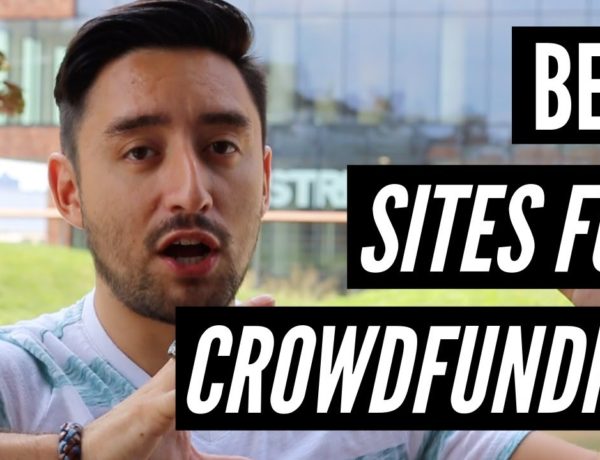Fundrise and RealtyShares are two of the major players in the real estate crowdfunding game.
You can use each of these websites to invest in real estate online. I’ve written about both of them extensively on this blog and in my book, Real Estate Crowdfunding Explained.
Despite being in the same industry, there are some massive differences between the two sites.
I’m going to go through some of the similarities and differences between Fundrise and RealtyShares for investors and real estate developers. By the end of this article, you should have a better grasp of the real estate crowdfunding industry and how it works.
Fundrise
Fundrise was founded in 2012 (the same year I started blogging) with the idea to democratize real estate investing and funding.
At first, the company was exclusively involved in traditional crowdfunding deals. This means that an investment property would be listed on their website and accredited investors on their platform could decide whether or not to buy ownership in that property. These are referred to as private placements under Regulation D.
More recently, Fundrise has gotten into public offerings using Regulation A+ of the JOBs Act. The site has created multiple products, including the Income eREIT, Growth eREIT, East Coast eREIT, West Coast eREIT and more.
I wrote more about the differences between a traditional REIT and an eREIT in this article.
Fundrise has since halted private placement offerings under the traditional real estate crowdfunding model and is now exclusively pursing the eREIT model. Under this model, the company has raised over $119 million from more than 100,000 investors.
RealtyShares was founded in 2013 with the mission to provide a platform that allows accredited investors to access pre-vetted real estate investment properties.
Investments offered through RealtyShares are private placements, meaning that they aren’t investments that are openly available to the public. You must meet the criteria of an accredited investor in order to participate in these opportunities.
Once you invest in an opportunity, you’ll receive monthly or quarterly cash flow distributions depending on the property. You can diversify across both residential and commercial real estate offerings.
At the time of writing, the website has helped with the financing of over 550 projects to the tune of $300 million. They’ve attracted more than 92,000 investors on their platform. They’ve also returned over $59 million of principle to their investors.
One of the major differences between these two platforms is that Fundrise now offers investments under Regulation A+ to the public, whereas RealtyShares only offers investments to accredited investors. This means that if you don’t meet the threshold for accredited investor status, you can’t use RealtyShares.
This also means that as an investor, you’re going to have more control over your portfolio with RealtyShares than Fundrise. When you invest on RealtyShares, whether it’s commercial or residential, you’re going to be able to pick the individual opportunity that you’d like to invest in. This gives you more say as to how you allocate your funds.
Below, you’ll see a few examples of residential and commercial real estate that have been funded by the RealtyShares community.
When you invest on Fundrise, the team behind the platform is going to be choosing the properties to allocate their funds to. You don’t have any direct say, though the team will list different “featured assets” that will give you an idea of the properties in the portfolio.
In addition, you’ll also be able to choose from a few different eREITs which gives you a say on the locations where the various properties will exist in the US.
Neither crowdfunding model is BAD. They are just different. It depends on your priorities as an investor. Do you want more control or less? Do you want more say or less?
Some investors want a lot of control over the assets that are included in their portfolio. Others don’t want to think about it. It all comes down to your needs. Another significant difference is that the minimum on Realty Shares is $5,000 and it’s $1,000 on Fundrise.
Conclusion
No matter which platform that you go with, you should feel excited! You’re about to enter a quickly growing industry that is transforming the real estate industry.
In the next ten years, I believe that were are going to see more and more investors start investing in real estate online. The faster that you understand a real estate crowdfunding platform like one of the above, the better.
Over time, you’ll gain a significant informational advantage over other investors, plus acquire key new skills that will help boost your returns even further.
P.S. I’ve been writing about each platform for a while, which is why I’ve become an affiliate. There are affiliate links in this post.












